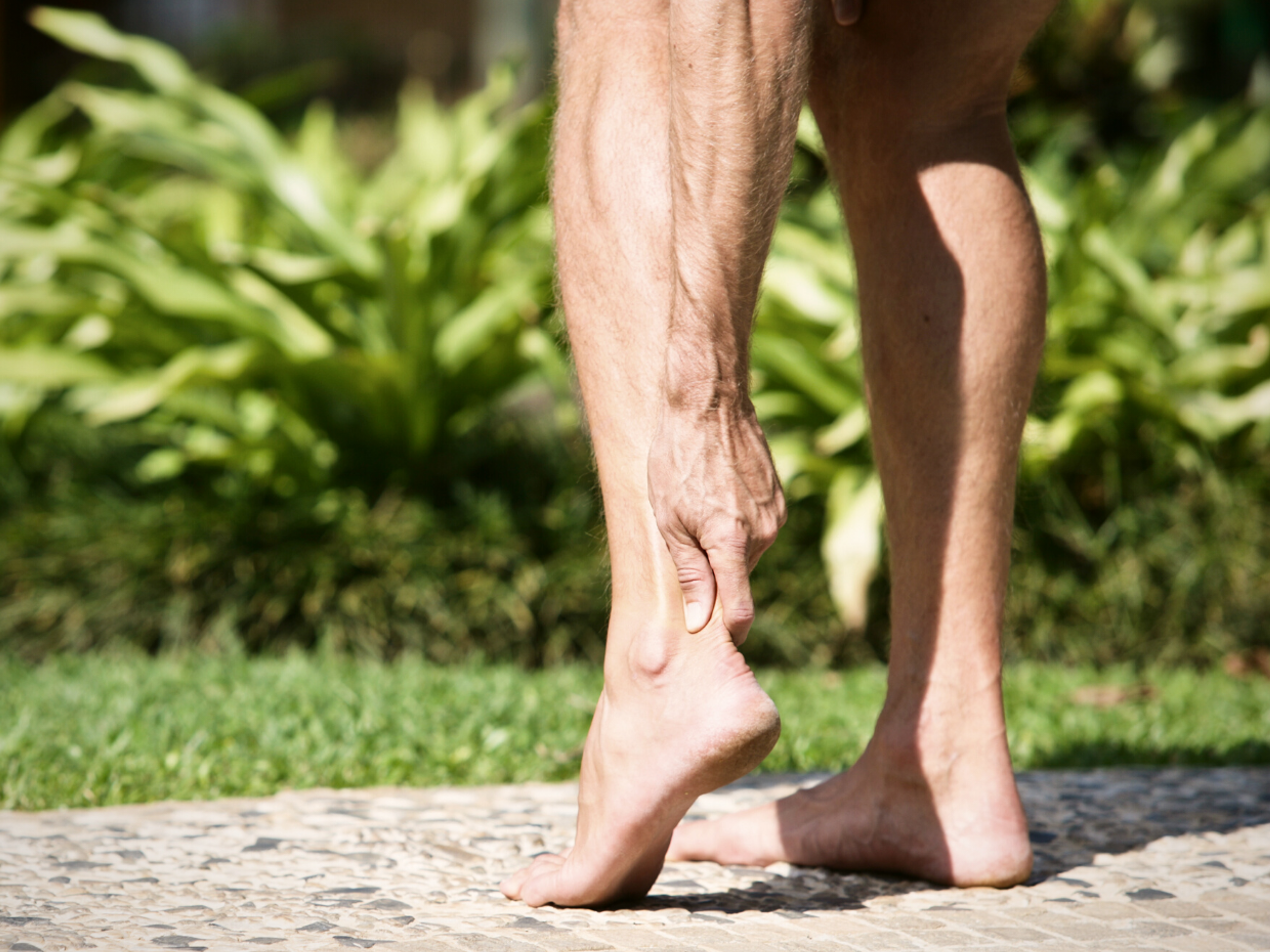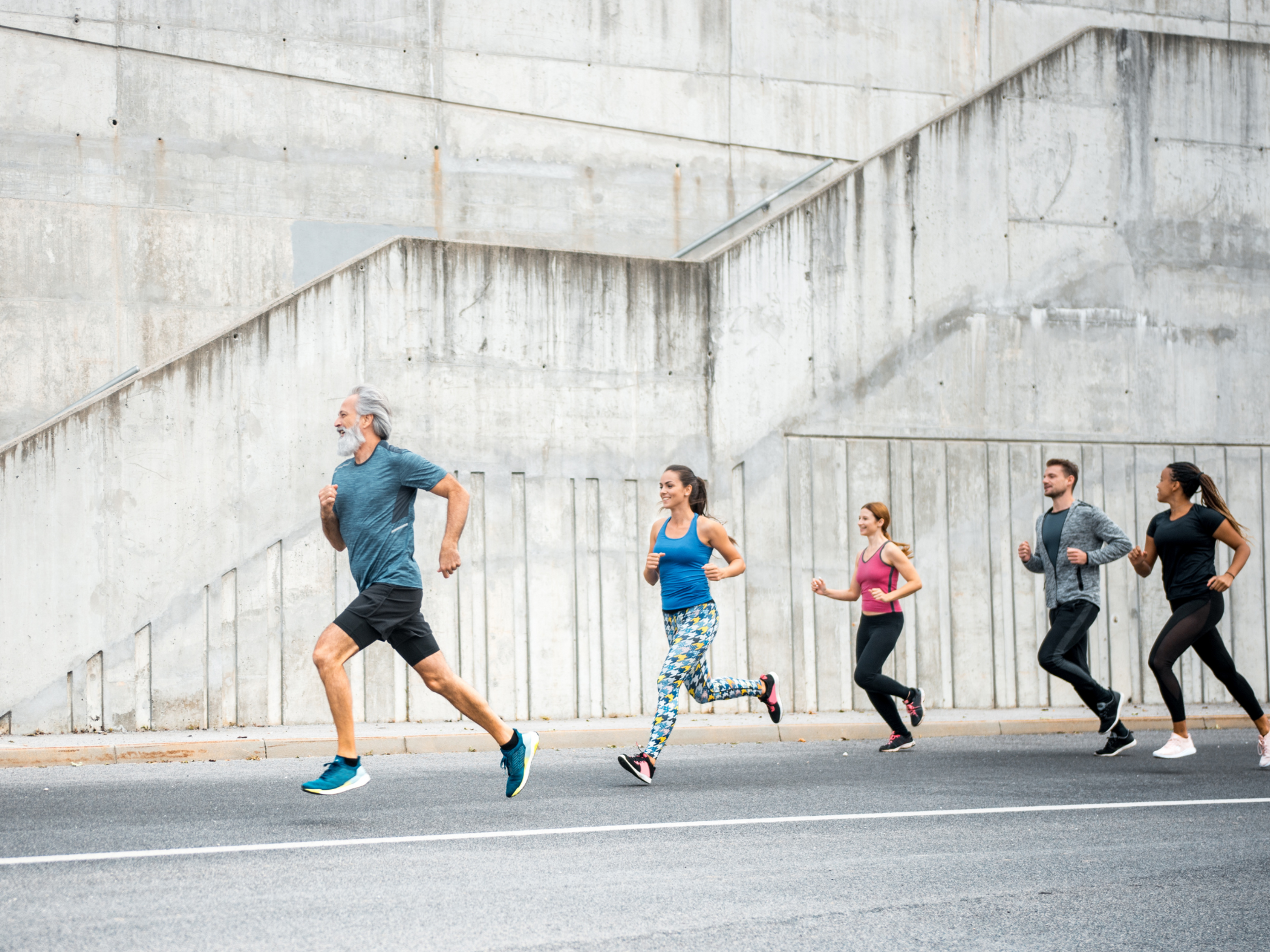Gluteal tendinopathy – Can I still walk, run, swim, and cycle?
Research shows that relative rest, where you remain active but adapt exercise and activities to a level that doesn't aggravate your hip pain, leads to better recovery from gluteal tendinopathy.
Prolonged periods of complete rest aren't helpful because, despite calming your pain, it may cause your tendons to lose more strength.
Ignoring your pain and trying to carry on as normal usually also makes things worse.
Mastering relative rest – General guidelines for all types of exercise
These guidelines will help you tweak your exercise and other activities to find the perfect level that matches your hip's current tolerance.
As you recover, your gluteal tendons will become more robust, and you can increase your exercise.
Steps to figure out how much exercise you can do
If you're usually very active
If you do experience a flare-up, this article can help you deal with it quickly and effectively.
Walking with gluteal tendinopathy
During the early stages of your recovery, your hip may not tolerate much walking.
But as you recover, walking can become a helpful tool to build your gluteal tendons' tolerance to weight-bearing and prepare them for a return to running.
We suggest you:
- Only start walking for exercise once it feels comfortable to do so.
- Wear supportive shoes - no flip-flops or sandals.
- Keep your pace slow to begin because the faster you walk, the harder your whole body has to work - avoid power walking.
- Take shorter steps - this reduces the forces on your hip.
- Keep to even ground - your hip has to work harder when you walk on uneven ground, especially on uphills.
- Start with very short walks and slowly increase the distance as your hip gets used to it.
- Monitor your 24-hour pain and stiffness response to decide if you're pitching your walking distance, speed, and terrain at the correct level.
Can I continue running with gluteal tendinopathy?
It's often best to temporarily stop all running activities and first focus on strengthening your tendons.
However, we are all different; some people can continue running without worsening their gluteal tendinopathy.
If you don't want to stop running, you must reduce your running frequency, volume, and intensity to a level that doesn't increase your symptoms in the 24 hours after your run.
It's usually best to:
- Only run 2 to 3 times per week and never on consecutive days – recovery is often slower when injured.
- Reduce the distance of your runs so you can complete them pain-free.
- Consider doing run-walk sessions instead of continuous running – this is often better tolerated.
- Avoid all fast and hilly runs.
- Focus on having good running form and not overstriding.
The gluteal tendinopathy rehab plan in the Exakt Health app offers personalized exercise guidance and evidence-based tips for smoothly and effectively managing your recovery. It includes a walk-and-run plan that helps you safely ease back into running.
Can I cycle with gluteal tendinopathy?
Cycling is a low-impact activity for the gluteal muscles. So, in theory, it should be OK.
However, the cyclical action can sometimes irritate outer hip pain.
If you are keen to cycle while recovering from gluteal tendinopathy, we suggest you first test a very gentle and short session.
Swimming with gluteal tendinopathy
Swimming is excellent for maintaining cardiovascular fitness, but the circular leg motions used in breaststroke or forceful kicking can sometimes irritate the gluteal tendons.
If that's the case, squeezing a pool float/buoy between your legs and swimming using only your arms may help.
Final thoughts
Being injured is always frustrating, especially if it stops you from running. We hope these guidelines can help you find other activities to keep you active, fill the gap, and keep you motivated.
If you want more help with your rehab, check out the gluteal tendinopathy rehab plan in the Exakt app.
The app, designed with expert physical therapists, offers personalized exercises and robust monitoring tools that help you determine your gluteal tendons' load tolerance, safely progress your rehab, and track your recovery progress.

